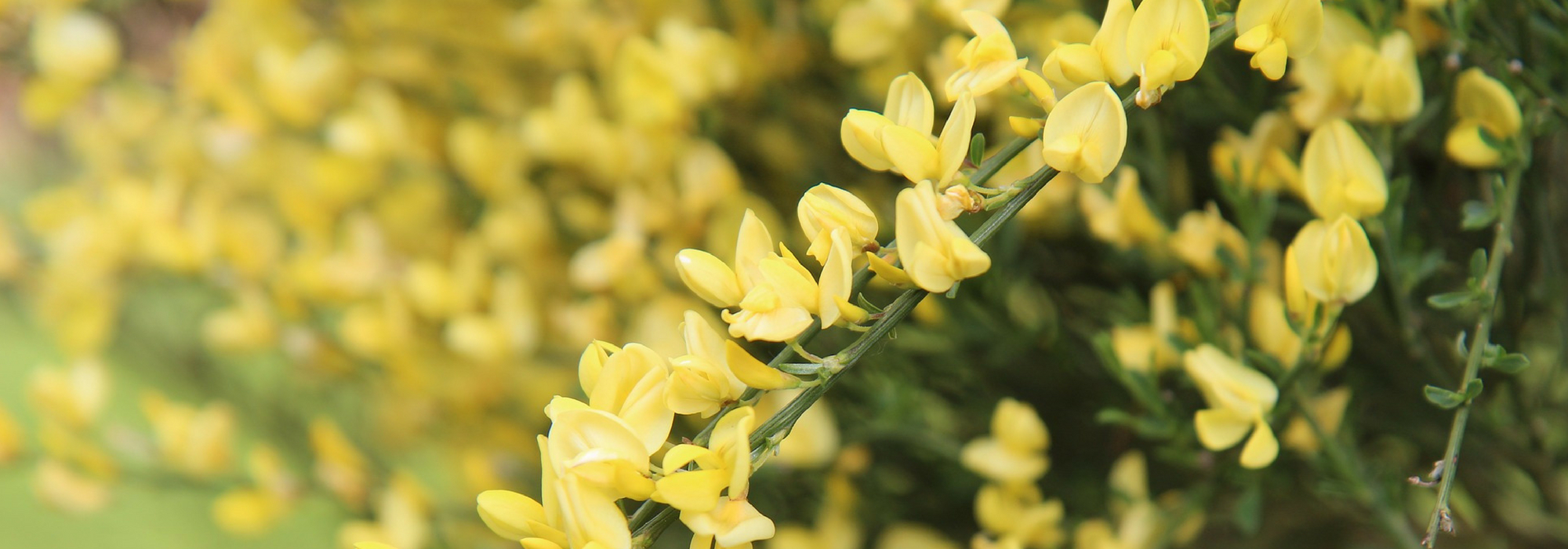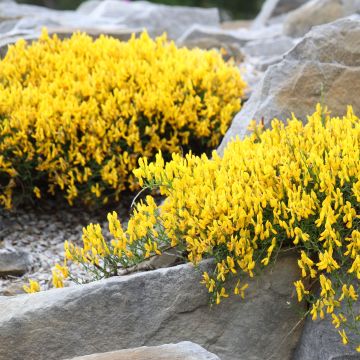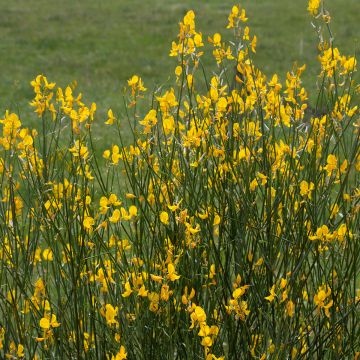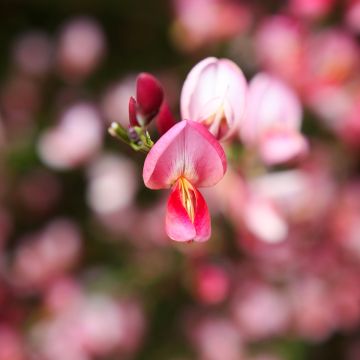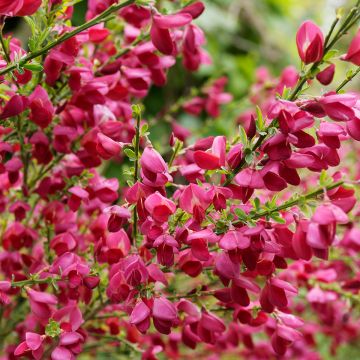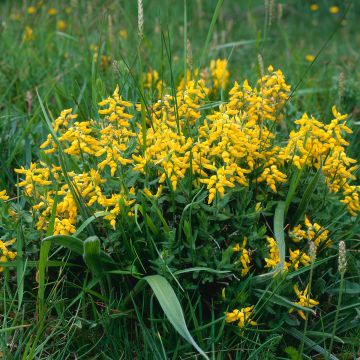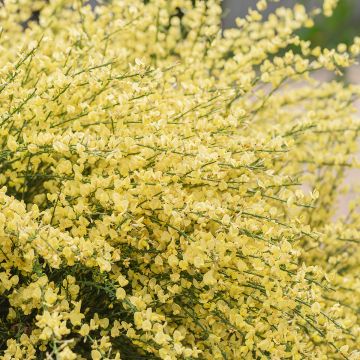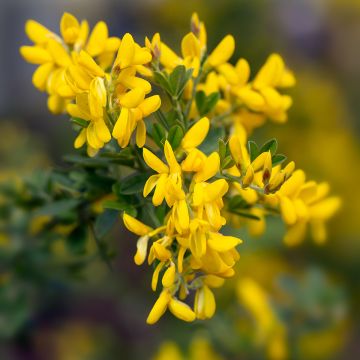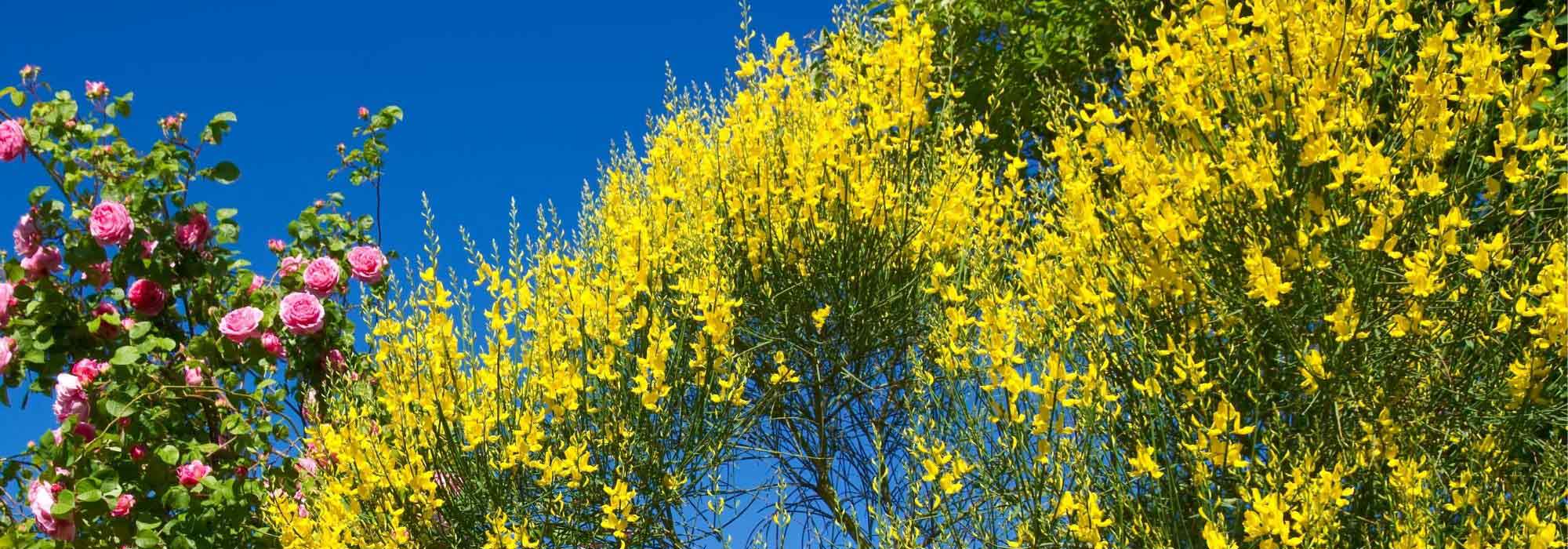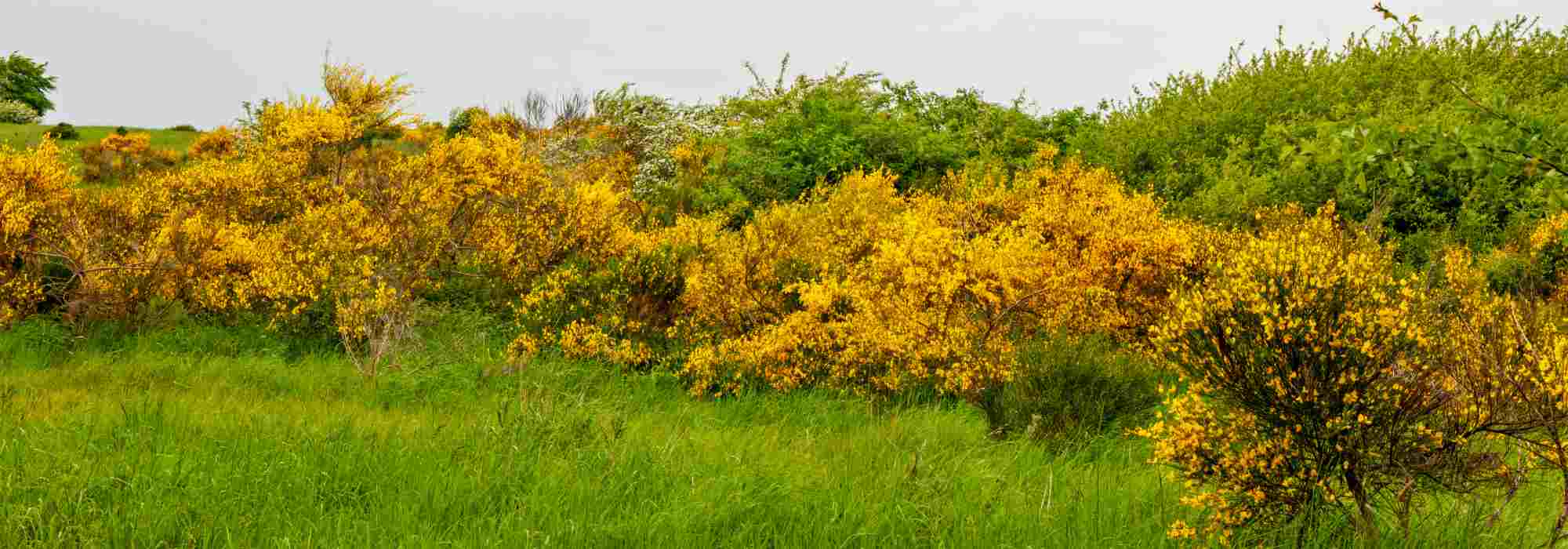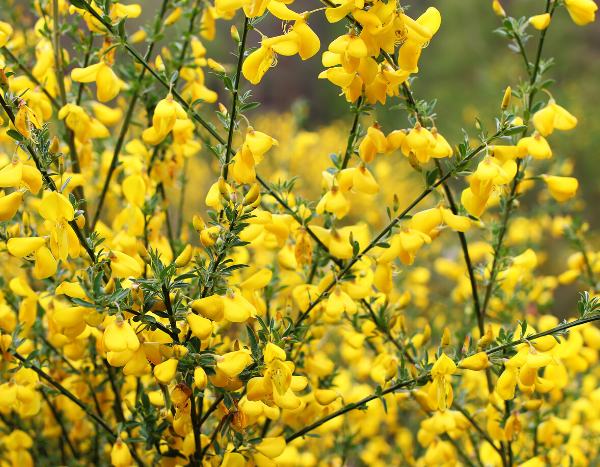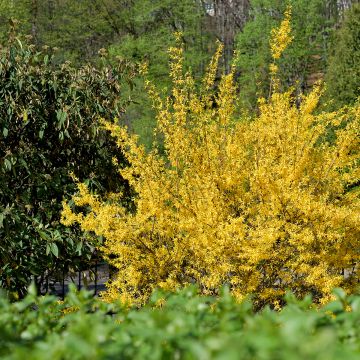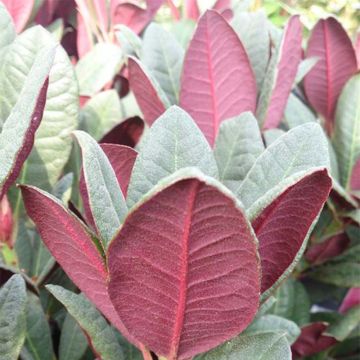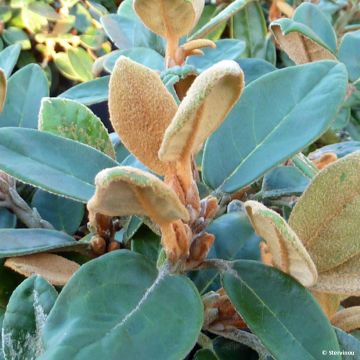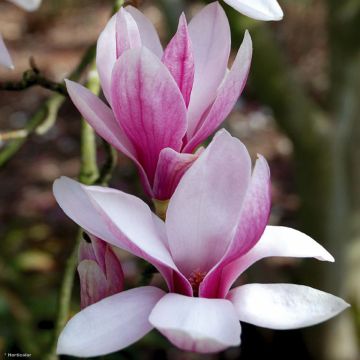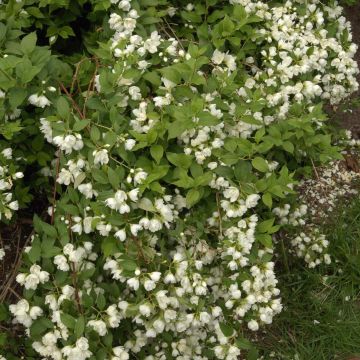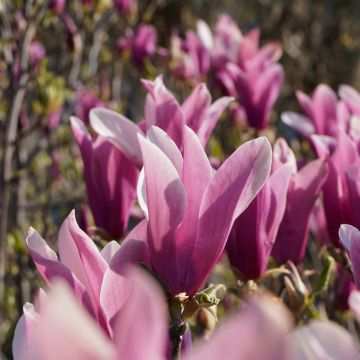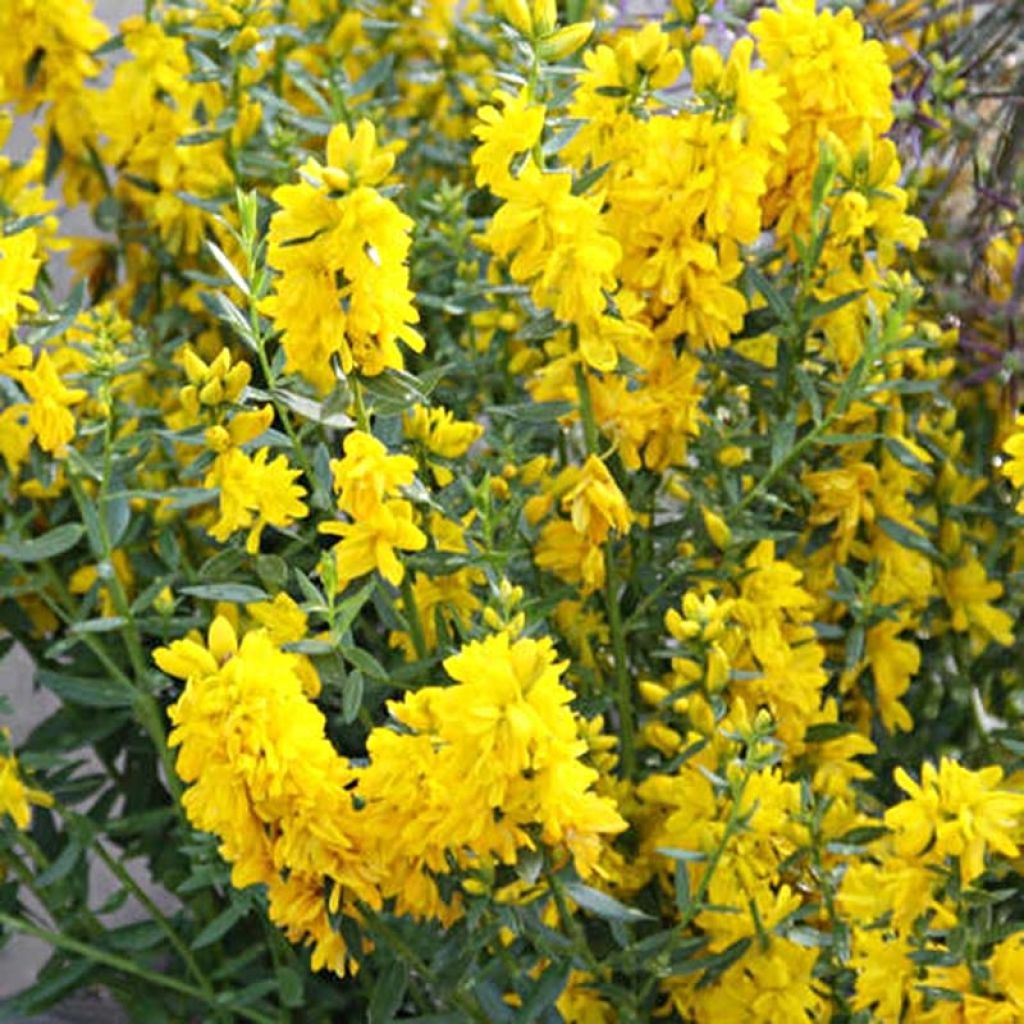

Genista tinctoria Plena (Flore Pleno) - dyer's greenweed
Genista tinctoria Plena (Flore Pleno) - dyer's greenweed
Genista tinctoria Plena
Dyer's Greenweed, Dyer's Broom
I bought the broom last year, it was quite delicate. I thought it would recover this spring, but no, it has only one stem all crooked. I don't think it will stay in the garden if it doesn't make an effort, disappointed.
Ariane, 25/04/2021
Special offer!
Receive a €20 voucher for any order over €90 (excluding delivery costs, credit notes, and plastic-free options)!
1- Add your favorite plants to your cart.
2- Once you have reached €90, confirm your order (you can even choose the delivery date!).
3- As soon as your order is shipped, you will receive an email containing your voucher code, valid for 3 months (90 days).
Your voucher is unique and can only be used once, for any order with a minimum value of €20, excluding delivery costs.
Can be combined with other current offers, non-divisible and non-refundable.
Home or relay delivery (depending on size and destination)
Schedule delivery date,
and select date in basket
This plant carries a 24 months recovery warranty
More information
We guarantee the quality of our plants for a full growing cycle, and will replace at our expense any plant that fails to recover under normal climatic and planting conditions.

Would this plant suit my garden?
Set up your Plantfit profile →
Description
Genista tinctoria 'Plena' (synonym 'Flore Pleno') is a very pretty dwarf form with double flowers of the dyer's broom, known for its medicinal and dyeing properties. This subshrub with a prostrate habit forms a superb cushion literally covered with spikes of a very bright yellow, and brightens up the garden and rockery in summer. Keen on sunlight, it is not afraid of poor soils or cold, but dreads excessively dry soils.
Most brooms being native to the Mediterranean arc and the Middle East, they are adapted to poor soils and generally prefer mild to hot climates. This one, called dyer's broom, common broom, bastard broom or yellowing herb, does not deviate from the rule, but it is more resistant to cold than to intense droughts. Mediterranean summers, for example, are not suitable for this species native to central Europe and western Asia. On the other hand, it is not demanding in terms of soil type and tolerates the presence of limestone without excess.
The pretty 'Plena' form, slow-growing, will not exceed 30-40cm (11.8-15.7in) in height and 50-60cm (19.7-23.6in) in diameter after many years. This compact shrub is composed of multiple short cylindrical stems, finely branched, green in colour. They bear deciduous dark green foliage, composed of very small ovate-lanceolate leaves that fall with the arrival of summer heat, photosynthesis being carried out by the green stems. Flowering takes place in June-July, in the form of upright spikes 3 to 5cm (1.2 to 2in) long, composed of numerous double pea-like flowers of a very bright yellow. It is not uncommon to see a second flowering in September-October.
Genista tinctoria 'Plena' is perfect for filling a rocky slope, a wall or a border. Also consider using it in a container to flower the surroundings of your house, for example. Play with its yellow flowering by associating it with other varieties of brooms or other bushes whose flowering is simultaneous, like Lithodora or certain lavenders. You can also use it to extend the flowering of your flowerbeds; Forsythia blooms earlier, while St. John's wort blooms later... What is certain is that your Genista tinctoria 'Plena', no matter where you have chosen to place it in the garden, will bring a great source of light and intense cheerfulness.
Genista tinctoria Plena (Flore Pleno) - dyer's greenweed in pictures
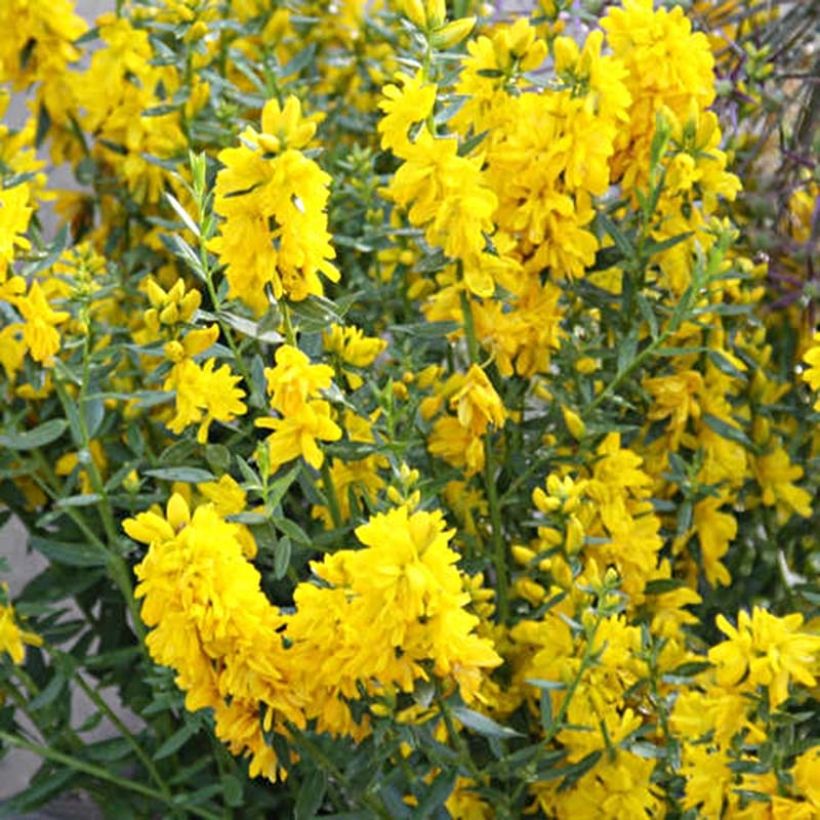

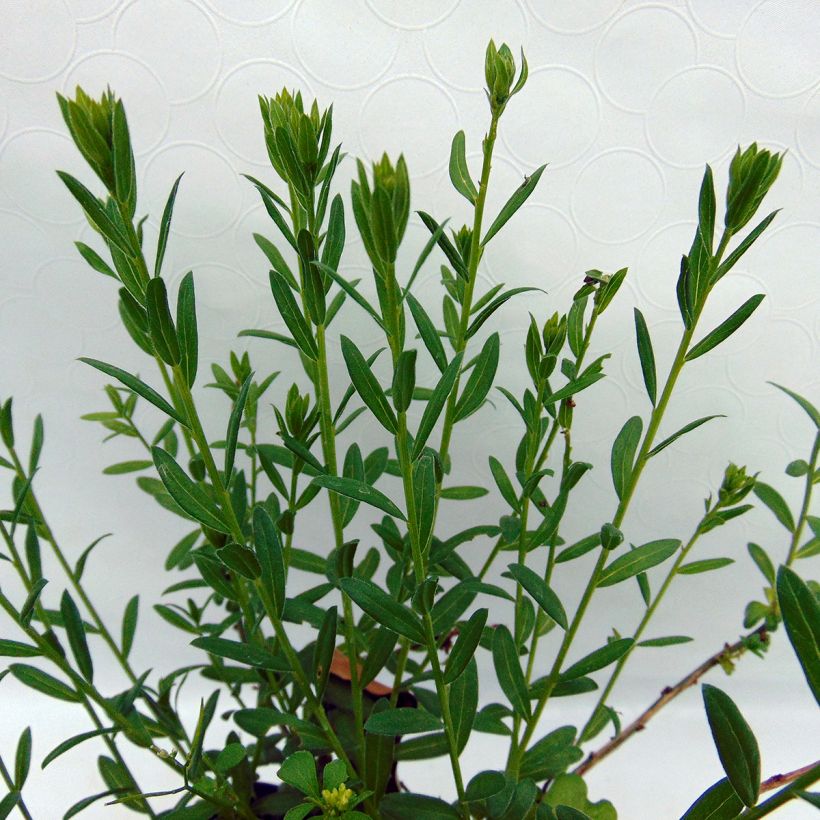

Plant habit
Flowering
Foliage
Botanical data
Genista
tinctoria
Plena
Fabaceae
Dyer's Greenweed, Dyer's Broom
Central Europe
Other Broom - Cytisus
View all →Planting and care
Planting your Gensita tinctoria 'Plena' will require a bit of delicacy, as it is a delicate bush when young and its roots don't like to be disturbed. Plant it in full sun, in poor to average, well-drained soil, slightly acidic, neutral or even slightly alkaline. The ideal is to use a mixture of garden soil, coarse sand, leaf compost, and gravel. Make sure to provide it with a drainage hole in heavy and suffocating soils, a little too clayey. Water abundantly at planting to remove air pockets, then regularly to help the bush establish. Water regularly in case of dry and hot summers. This plant, like many brooms, is not very prone to diseases and parasites.
Planting period
Intended location
Care
Planting & care advice
-
, onOrder confirmed
Reply from on Promesse de fleurs
Similar products
Haven't found what you were looking for?
Hardiness is the lowest winter temperature a plant can endure without suffering serious damage or even dying. However, hardiness is affected by location (a sheltered area, such as a patio), protection (winter cover) and soil type (hardiness is improved by well-drained soil).

Photo Sharing Terms & Conditions
In order to encourage gardeners to interact and share their experiences, Promesse de fleurs offers various media enabling content to be uploaded onto its Site - in particular via the ‘Photo sharing’ module.
The User agrees to refrain from:
- Posting any content that is illegal, prejudicial, insulting, racist, inciteful to hatred, revisionist, contrary to public decency, that infringes on privacy or on the privacy rights of third parties, in particular the publicity rights of persons and goods, intellectual property rights, or the right to privacy.
- Submitting content on behalf of a third party;
- Impersonate the identity of a third party and/or publish any personal information about a third party;
In general, the User undertakes to refrain from any unethical behaviour.
All Content (in particular text, comments, files, images, photos, videos, creative works, etc.), which may be subject to property or intellectual property rights, image or other private rights, shall remain the property of the User, subject to the limited rights granted by the terms of the licence granted by Promesse de fleurs as stated below. Users are at liberty to publish or not to publish such Content on the Site, notably via the ‘Photo Sharing’ facility, and accept that this Content shall be made public and freely accessible, notably on the Internet.
Users further acknowledge, undertake to have ,and guarantee that they hold all necessary rights and permissions to publish such material on the Site, in particular with regard to the legislation in force pertaining to any privacy, property, intellectual property, image, or contractual rights, or rights of any other nature. By publishing such Content on the Site, Users acknowledge accepting full liability as publishers of the Content within the meaning of the law, and grant Promesse de fleurs, free of charge, an inclusive, worldwide licence for the said Content for the entire duration of its publication, including all reproduction, representation, up/downloading, displaying, performing, transmission, and storage rights.
Users also grant permission for their name to be linked to the Content and accept that this link may not always be made available.
By engaging in posting material, Users consent to their Content becoming automatically accessible on the Internet, in particular on other sites and/or blogs and/or web pages of the Promesse de fleurs site, including in particular social pages and the Promesse de fleurs catalogue.
Users may secure the removal of entrusted content free of charge by issuing a simple request via our contact form.
The flowering period indicated on our website applies to countries and regions located in USDA zone 8 (France, the United Kingdom, Ireland, the Netherlands, etc.)
It will vary according to where you live:
- In zones 9 to 10 (Italy, Spain, Greece, etc.), flowering will occur about 2 to 4 weeks earlier.
- In zones 6 to 7 (Germany, Poland, Slovenia, and lower mountainous regions), flowering will be delayed by 2 to 3 weeks.
- In zone 5 (Central Europe, Scandinavia), blooming will be delayed by 3 to 5 weeks.
In temperate climates, pruning of spring-flowering shrubs (forsythia, spireas, etc.) should be done just after flowering.
Pruning of summer-flowering shrubs (Indian Lilac, Perovskia, etc.) can be done in winter or spring.
In cold regions as well as with frost-sensitive plants, avoid pruning too early when severe frosts may still occur.
The planting period indicated on our website applies to countries and regions located in USDA zone 8 (France, United Kingdom, Ireland, Netherlands).
It will vary according to where you live:
- In Mediterranean zones (Marseille, Madrid, Milan, etc.), autumn and winter are the best planting periods.
- In continental zones (Strasbourg, Munich, Vienna, etc.), delay planting by 2 to 3 weeks in spring and bring it forward by 2 to 4 weeks in autumn.
- In mountainous regions (the Alps, Pyrenees, Carpathians, etc.), it is best to plant in late spring (May-June) or late summer (August-September).
The harvesting period indicated on our website applies to countries and regions in USDA zone 8 (France, England, Ireland, the Netherlands).
In colder areas (Scandinavia, Poland, Austria...) fruit and vegetable harvests are likely to be delayed by 3-4 weeks.
In warmer areas (Italy, Spain, Greece, etc.), harvesting will probably take place earlier, depending on weather conditions.
The sowing periods indicated on our website apply to countries and regions within USDA Zone 8 (France, UK, Ireland, Netherlands).
In colder areas (Scandinavia, Poland, Austria...), delay any outdoor sowing by 3-4 weeks, or sow under glass.
In warmer climes (Italy, Spain, Greece, etc.), bring outdoor sowing forward by a few weeks.






























